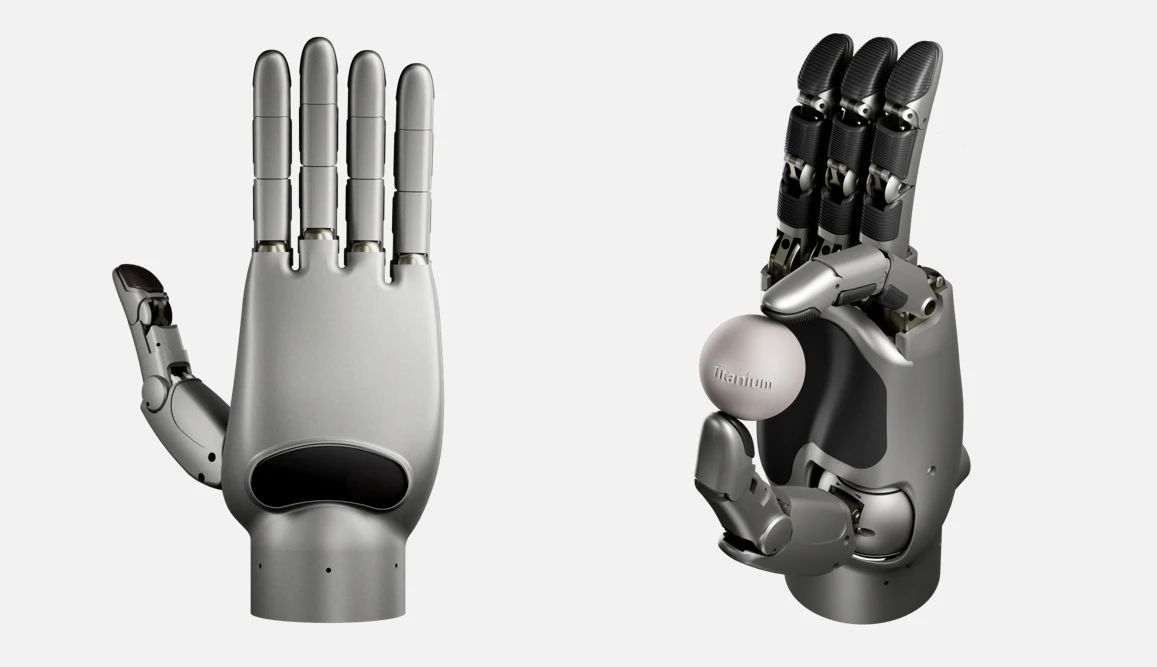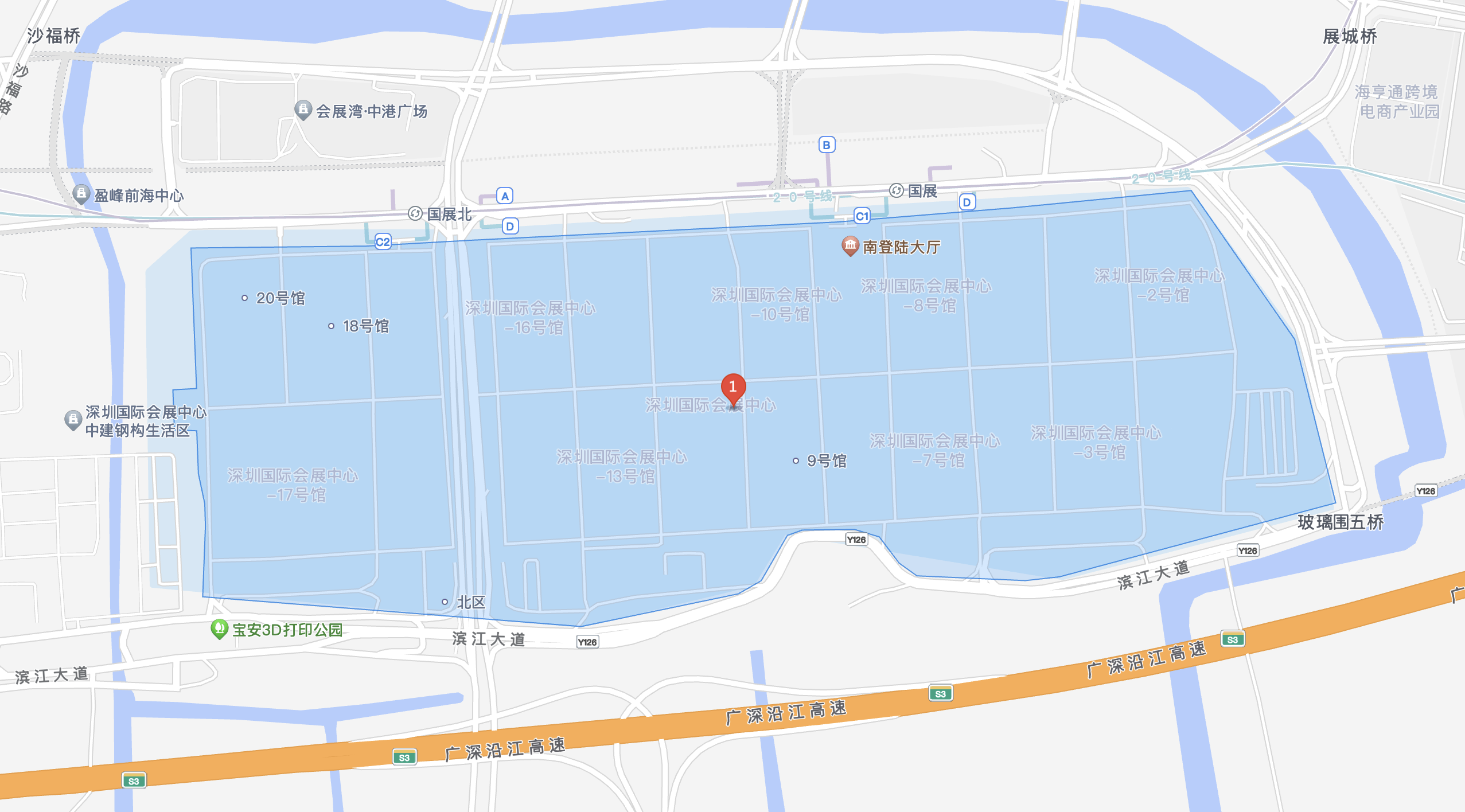On April 8, Core Sensor learned that Linkerbot announced the completion of a seed round of financing of over 100 million yuan. Huacang Capital participated in this round of investment together with Sequoia China, Wankai New Materials, Lihe Science and Technology, Anyu Capital and others.

It is understood that Linkerbot focuses on the embodied intelligent platform with "dexterous hands + cloud-based intelligent brain" as the core, and independently develops the Linker Hand series of dexterous hands, as well as related platform products such as motion capture and remote control systems and dexterous operation digital twin platforms. Based on the collaboration of both software and hardware, it helps corporate customers, scientific research institutions and individual developers realize real-scene applications of dexterous hands.
"The Linker Hand series of dexterous hands are used for scientific research by top universities at home and abroad.
It is reported that Lingxin Smart Hands has successively launched the Linker Hand series of dexterous hands. The active degrees of freedom of its products range from 12 to 42, the degrees of freedom of a single finger range from 2 to 7, and it can achieve 360-degree free rotation. In addition to high degrees of freedom, the dexterous hand is also equipped with an advanced multi-sensor system, including high-precision cameras and electronic skin, which together form a full range of visual and tactile perception modes. Among them, the electronic skin can not only accurately capture the three-dimensional force, texture and temperature differences of the contacted object, but also has the ability of proximity perception - it can predict and perceive the existence and distance of the object before directly contacting the object. According to reports, Linker The Hand series of dexterous hands are used by top universities at home and abroad, such as Cambridge University, Stanford University, Peking University, and Tsinghua University, for embodied intelligence research. In addition, they have been applied in medical rehabilitation, beauty makeup, industrial automation and other scenarios, achieving mass delivery of dexterous hand products.
Dexterous hands "go out of the circle", tactile, force, and visual sensors become standard
As a product of the deep integration of robotics technology and artificial intelligence, embodied intelligent dexterous hands are leading a new round of technological revolution. Its core value lies in the combination of high-degree-of-freedom, high-sensitivity mechanical structures and intelligent algorithms, which enables robots to have close to human operating capabilities, thereby achieving breakthrough applications in industries, medical care, services and other fields.
The current mainstream dexterous hands have exceeded 20 degrees of freedom. For example, Tesla's Optimus dexterous hands have been upgraded from 11 degrees of freedom in Gen1 to 22 degrees of freedom in Gen3, close to the 24 degrees of freedom of human hands. Domestic companies such as "Linkerbot" launched the Linker Hand industrial version with 25-30 degrees of freedom, and the scientific research version is as high as 42. A single finger can independently achieve up to 9 degrees of freedom and rotate 360 degrees freely.
Integrated tactile, force, and visual sensors have become standard. For example, Unitree Dex5 dexterous hand of Yushu Technology is equipped with 94 tactile sensors, and all joints support reverse drive (force control), which can sense pressure, friction and temperature; Linker Hand of "Spirit Heart and Smart Hand" realizes all-round visual and tactile perception through cameras, electronic skin, etc., and can predict the spatial position of objects in advance and capture three-dimensional forces.
Motor drive is still the mainstream, but tendon rope transmission has become a trend due to its advantages of lightweight and high degree of freedom. Tesla adopts the solution of built-in motor + reducer + tendon rope transmission in the palm, and reduces tendon rope wear through innovative wiring; Linker Hand of "Spirit Heart and Smart Hand" adopts a dual-structure design, covering the two major technical routes of connecting rod and tendon rope, to achieve a balance between rigidity and flexibility.
Commercialization acceleration and capital influx
It is predicted that the global market size of robot dexterous hands will reach US$3.035 billion in 2030, with a CAGR of 10.9% from 2022 to 2030. The domestic market is also growing rapidly. In 2024, the market size will reach 242 million yuan, with an average price of 57,800 yuan per piece. It is expected that the price will further decline in the future as the technology matures.
International leaders such as Shadow Robot of the UK, SCHUNK of Germany, and Qbrobotics of Italy have advantages in high degrees of freedom and bionic design.
Domestic rising companies include: Yinshi Robot, Zhiyuan Robot, "Linkerbot" and other companies are catching up quickly through technological innovation and cost control. For example, Yinshi Robot's humanoid five-fingered dexterous hand adopts a linear drive design, combined with a force-position hybrid control algorithm to achieve precise grasping; "Linkerbot" has completed a seed round of financing of over 100 million yuan for underlying technology research and development and product iteration.
In the industrial field, dexterous hands replace manual labor to complete precision operations in automobile manufacturing and electronic assembly; in the medical field, surgical robots are used to achieve minimally invasive surgery; in the service field, they undertake grasping and handling tasks in catering and logistics. For example, BYD Changsha Factory introduced UBTECH's industrial version of the humanoid robot Walker S1 to achieve collaborative operation between humanoid robots and unmanned logistics vehicles.
This paper is from Ulink Media, Shenzhen, China, the organizer of IOTE EXPO (IoT Expo in China)



















